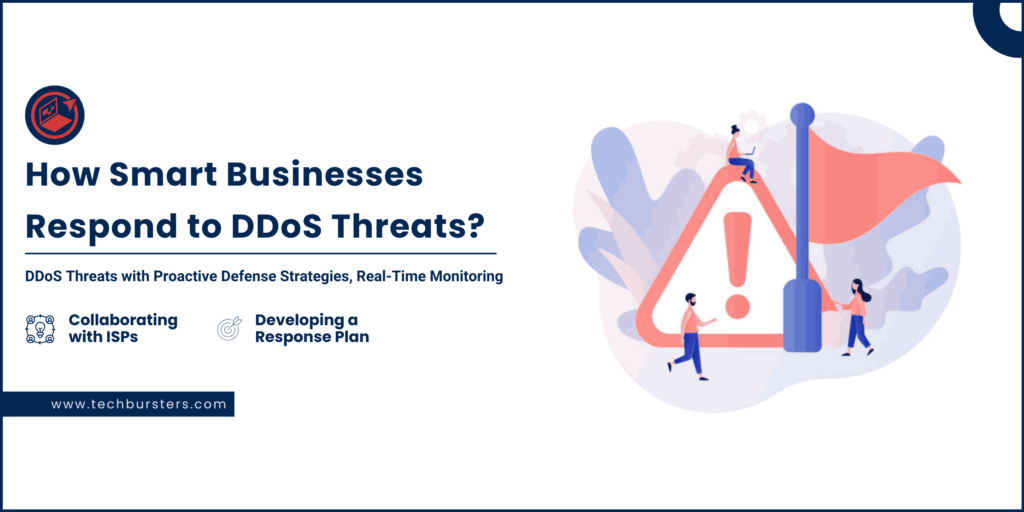
In today’s technology-driven economy, the threat of Distributed Denial of Service (DDoS) attacks is a critical and persistent issue for organizations of every size, from small businesses to global enterprises. These threats don’t just disrupt websites—they can devastate entire operations, causing prolonged downtime, customer frustration, reputational harm, and, perhaps most significantly, substantial financial loss.
As organizations become more reliant on the seamless delivery of digital services, even a short-lived outage can have cascading consequences. To effectively minimize risk, companies must be ready with strategies that extend far beyond basic, reactive solutions. Integrating a robust DDoS protection service at the heart of your IT infrastructure is no longer optional—it’s an essential first step in defending against some of the most sophisticated cyber threats facing modern businesses today. This level of protection ensures that organizations remain operational, competitive, and trusted within their respective industries.
The Impact of DDoS on Businesses
The adverse effects of DDoS attacks reach well beyond a simple service outage. Financial loss, in particular, is often swift and severe—recent research indicates that the average cost of downtime from a DDoS event can exceed $6,000 per minute. For instance, a single 45-minute attack may rack up $270,000 in lost business and recovery costs, not including any legal and compliance liabilities that could follow if sensitive data is exposed. Furthermore, customer trust is rapidly eroded when clients experience slowdowns or interruptions; many customers won’t hesitate to switch to competitors if their needs are not met reliably.
There’s a lasting impact, too, as brand reputation suffers long after the attack has ended, making it harder to attract new customers or retain existing ones. Internally, the costs increase as employees lose access to critical business systems, productivity grinds to a halt, and IT teams are forced to divert from strategic priorities to focus on emergency response and remediation. From legal issues and brand damage to the increased workload for support teams, the true toll of a DDoS attack can persist for months or even years if not handled effectively.
Proactive Defense Strategies
For modern enterprises, preparing for DDoS attacks requires building resilience at every conceivable level of the organization:
1) Implementing Multi-layered Security
A defense-in-depth approach utilizes traffic filtering, robust Web Application Firewalls (WAF), and advanced Intrusion Prevention Systems (IPS). These solutions work together, analyzing packet behavior at the network and application layers and automatically stopping malicious packets before they can disrupt business operations or compromise sensitive data.
2) Developing a Response Plan
It’s not just about technology—an effective defense includes a documented, regularly tested incident response plan. This ensures teams can escalate, coordinate, and act rapidly when an attack hits. Detailed response plans should cover immediate detection, internal and external communications, tactical mitigation, and thorough post-incident analysis to refine future responses.
3) Continuous Monitoring
Harnessing real-time traffic analytics and anomaly detection capabilities allows businesses to spot the earliest warning signs of a DDoS campaign. With advanced monitoring, organizations can minimize the time between detection and response, reducing the likelihood and duration of service downtime.
Leveraging AI for DDoS Mitigation
Artificial Intelligence (AI) integration is rapidly transforming how organizations confront the growing challenge of DDoS threats. AI-powered security systems possess the capacity to process and interpret millions of traffic data points every second, allowing them to distinguish between legitimate users and attack-generated noise effectively. Leveraging deep learning and pattern recognition, these systems deliver automated threat detection, trigger instant response measures, and adapt rapidly to new and evolving attack vectors.
AI-driven defenses can block ongoing attacks with impressive speed and “learn” from incidents, evolving to recognize and counter emerging threats faster in the future. By reducing false positives and the window of vulnerability, AI-driven solutions empower security teams to focus their attention where it’s most critically needed, enhancing operational continuity and customer trust.
Collaborating with ISPs and Security Experts
Building strong partnerships with Internet Service Providers (ISPs) and seasoned cybersecurity consultants has become pivotal for organizations looking to bolster their DDoS defenses. Leveraging cyber threat intelligence, ISPs can gain visibility into large-scale traffic patterns and help identify and redirect malicious traffic away from business networks at the earliest possible point—sometimes even before it reaches your servers. Meanwhile, security experts and managed service providers bring a wealth of hands-on experience, specialized mitigation tactics, and a clear understanding of the latest threat intelligence. Working with these professionals provides organizations with advanced intervention capabilities, guidance on current best practices, and a swift, coordinated response during high-impact attacks—greatly improving the odds of quick recovery with reduced fallout.
Regular Testing and Employee Training
Ongoing readiness is vital for minimizing the damaging effects of DDoS attacks. Businesses should schedule routine penetration tests and DDoS simulations to consistently identify and address system and process vulnerabilities. These exercises reveal gaps in technical defenses and test the effectiveness of incident response plans under pressure.
Furthermore, fostering a culture of cybersecurity awareness among employees matters as much. Frequent training sessions, aligned with a strong cybersecurity framework, equip staff to spot the signs of a DDoS incident early, prevent human error or social engineering exploits, and ensure everyone understands and follows response protocols. Open communication channels and clear role designations help teams coordinate efficiently, allowing quicker, more coherent responses when attacks occur.
Final Thoughts
DDoS attacks remain an ever-present risk in our digital-first world, evolving in frequency and complexity as attackers seek new ways to exploit business systems. Organizations put themselves in the strongest possible position by adopting a layered and proactive defense strategy—anchored by proven DDoS protection service, integrating artificial intelligence for smarter detection and response, leveraging the expertise of ISPs and security professionals, and building a culture focused on ongoing training and preparedness. Such strategies ensure businesses can withstand and recover from cyber onslaughts, safeguarding continuity, reputation, and most importantly, the trust and confidence of their customers.
